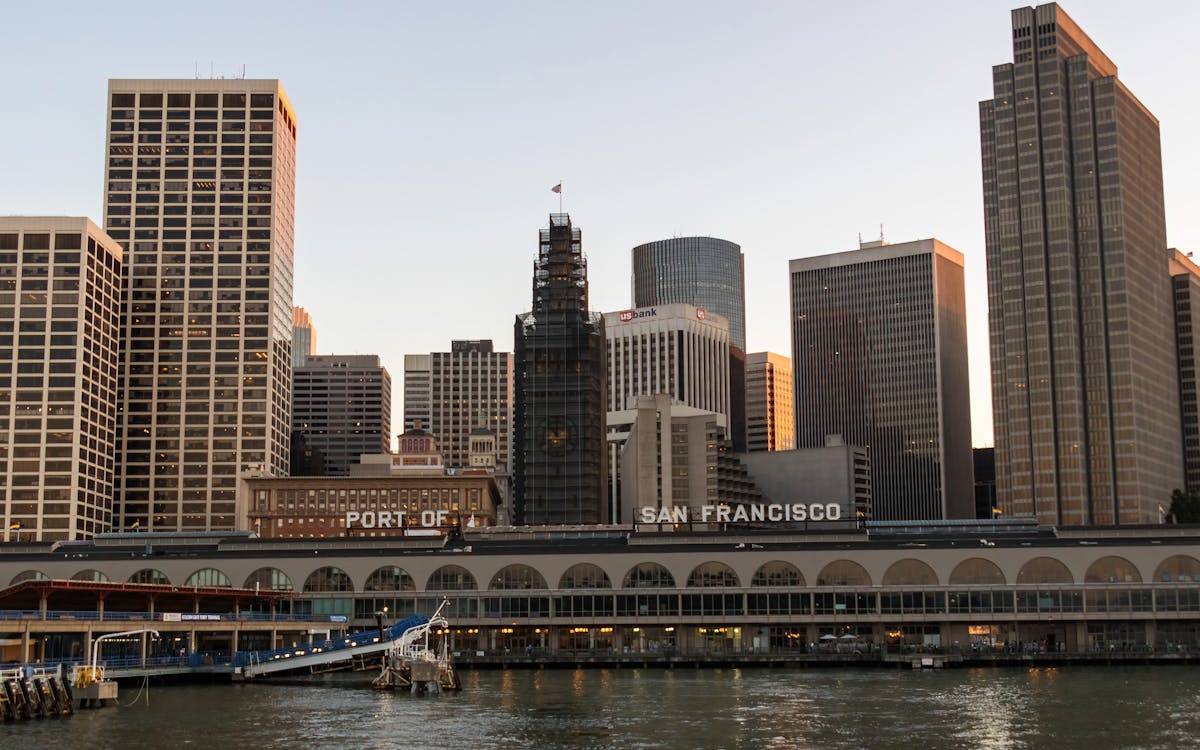Reconnecting with Nature: Restoring the Bay Together
Reconnecting with Nature: Restoring the Bay Together
Blog Article

Why Restoration Matters More Than Ever in the Bay Area
Over the last couple of decades, the San Francisco Bay has weathered the effect of metropolitan expansion, industrial development, and environment adjustment. When teeming with wild animals and lush marshes, many of the bay's all-natural ecological communities have actually been fragmented or deteriorated. Yet amidst these challenges, something exceptional is occurring: regional residents, volunteers, and grassroots campaigns are leading a wave of ecological restoration that's bringing brand-new life back to the Bay.
Repair isn't almost growing trees or cleaning up trash, though those initiatives are necessary. It's about restoring the structures of life, from marsh yards that support fish baby rooms to coastline barriers that guard against flooding. And in this area, the power of community participation is transforming the trend extremely reasonably.
From Marshland to Miracle: The Return of Native Habitats
One of one of the most noticeable changes happening in the Bay Area is the re-emergence of indigenous habitats. Wetlands that were once drained or paved over are being rehydrated and replanted. Yards and bushes native to the area are being grown by area groups, who typically depend on neighborhood volunteers to aid grow seed startings and manage regulated planting occasions.
These indigenous plants do greater than add greenery to the landscape. They provide sanctuary to migratory birds, pollinators, and little mammals, creating pockets of biodiversity amidst hectic metropolitan zones. As these habitats broaden, so does the ecological health and wellness of the Bay itself. When regional homeowners take time out of their weekends to get their hands in the dirt, they're not simply planting-- they're joining the reconstruction of a living, breathing community.
The Role of Education in Fostering Environmental Stewards
Education and learning plays a crucial part in why these community-led initiatives are working so well. Schools, area facilities, and not-for-profit teams are organizing hands-on learning experiences where participants of any ages can understand the science and significance of restoration. These programs commonly bring individuals one-on-one with problems like disintegration, pollution, and water level surge-- topics that can feel abstract until they're seen up close.
When a person sees the delicate equilibrium of an estuary or discovers how a single plant types can filter contaminants from the water, the worth of that knowledge comes to be individual. And keeping that understanding comes the inspiration to act. Restoring ecosystems becomes less of a duty and even more of a goal. This deep connection to local rooms is what sets the Bay Area apart and fuels the long-term success of these efforts.
Utilizing the Digital World to Drive Real-World Change
Surprisingly, the press to recover the Bay's communities isn't taking place in isolation from the electronic globe. Modern technology is becoming an effective device in rallying support, spreading out recognition, and attaching communities. Whether via citizen scientific research applications that track native varieties or area discussion forums arranging restoration events, the on-line space is enhancing boots-on-the-ground activity.
Over the last few years, even regional outreach strategies have actually advanced. For instance, a social media marketing agency in the Bay Area could sustain environmental campaigns by aiding volunteers intensify their impact, inform their tales, and influence others to get included. These electronic touchpoints have the power to turn a tiny weekend cleanup into a regional movement just by letting people understand it's occurring-- and that it matters.
Email Campaigns That Inspire and Inform Local Change-Makers
Another electronic strategy making a tangible difference is email communication. Updates about reconstruction occasions, seasonal planting efforts, and contribution drives are typically shared through very carefully crafted visit e-newsletters that strike an equilibrium in between being useful and motivating. It's not uncommon for a well-timed project from an email marketing agency in San Francisco to bring a thrill of volunteers or donations to a project in need.
These email campaigns aren't just transactional-- they're transformative. By informing clients concerning the straight impact their involvement has, they nurture lasting interaction. Visitors involve seem like stakeholders in the health of their area, and that psychological connection converts to lasting dedication.
The Unseen Work of Connecting Data, Communities, and Nature
Behind every successful remediation task lies a complex internet of control. There's research to comprehend what environments need most, neighborhood feedback to form comprehensive plans, and follow-up monitoring to make certain success. This sort of continuous effort often needs not simply heart, however information, approach, and communication.
That's where the assistance of a digital marketing company in the Bay Area can make a quiet however important distinction. By aiding companies build solid digital platforms, gather understandings, and refine their messaging, these groups enable community teams to scale their effect. The result is a more connected and reliable movement, where every action counts, and every person feels like they're part of something larger.
The Power of People in Preserving the Bay's Future
If there's one point the Bay Area has actually confirmed, it's that remediation doesn't have to start with large organizations or large spending plans. It can start with one next-door neighbor pulling weeds from a trail, one student growing an indigenous sapling, or one family members turning up to a coastline cleaning. These little activities accumulate, particularly when they're sustained by smart strategies and shown the wider area.
There's something uniquely hopeful concerning seeing the trends transform-- both figuratively and essentially-- in favor of nature. The Bay is much from completely recovered, yet it's being restored each day with the perseverance and care of those who call this location home. With each marsh rebuilt and each native species shielded, we're not simply recovering environments-- we're envisioning what's possible when areas lead with purpose.
Keep following this blog site for even more stories on local modification, area impact, and the methods you can be part of securing the all-natural beauty that surrounds us.
Report this page